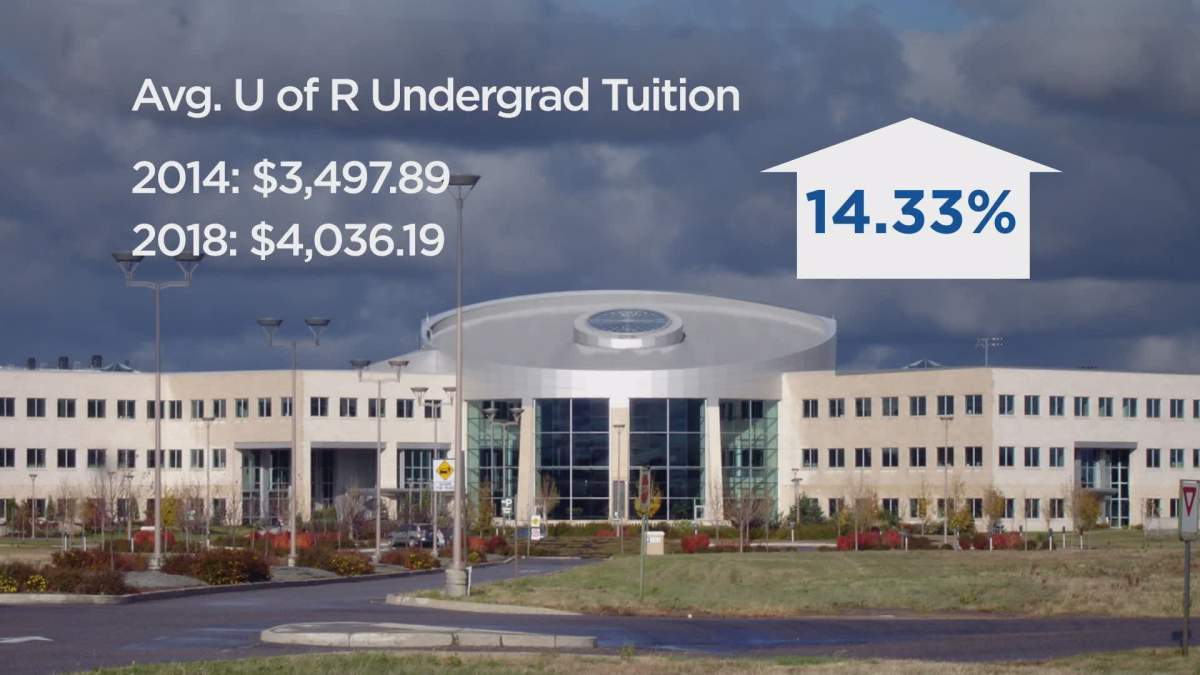Thousands of students walked across the stage to collect their diplomas at the University of Saskatchewan (U of S) convocation on June 4. They’re part of a growing number receiving post-secondary credentials in the province.

Last year, 11,400 people finished a post-secondary program in Saskatchewan. That represents a 1.6 per cent increase from the previous five years. Enrolment saw a comparable increase, 1.9 per cent, in the same time frame. That represents 42,500 students between the universities and Saskatchewan Polytechnic
University of Regina (U of R) provost Tom Chase said that they are seeing more high school aged people of all backgrounds seeking higher education. The U of R has also seen international growth.
“International students are now the same percentage of what we call our head count enrolment, our total enrolment, as First Nations and Métis students they’re both around 13 and 14 per cent.” Chase said.
Overall, First Nations and Métis enrolment topped 5,400 in 2017, a 26 per cent increase over 2013. There were more than 5,000 international students, a 29 per cent increase in the same time frame.
Chase said international students are important to creating a more diverse campus, but said they are also essential to the school’s bottom line.
“It is absolutely correct to say the tuition revenue from what we call visa students, students from out of country, is essential to the operation of the university,” Chase said.
International students pay up to three times the tuition as Canadian students due to government subsidies.
- Canadian woman charged with illegally crossing into U.S., kicking border agent’s face
- A new ‘cold’ war? Canada looks to bolster Arctic security, sovereignty
- Canadian furniture industry still ‘reeling’ after Trump pauses tariff spike
- Ottawa propose fines of up to $1M for violating foreign influence registry rules
READ MORE: University of Regina increases tuition for 2018-19

Get breaking National news
While enrolment has grown in the past five years, so has tuition.
The average per semester tuition at the U of R has climbed 14.3 per cent from the fall of 2014 to the upcoming 2018 semester. The U of S has seen basic arts and science tuition climbed by 12.2 per cent.
Tuition has risen every year since the end of a multi-year tuition freeze in 2009.
“It is crucial that we balance the operating budget of the university each year, and tuition and fee revenue is becoming an increasingly large component of the ability to balance that budget,” Chase said.
READ MORE: University of Saskatchewan hitting students with 4.8% tuition increase
A vast majority of post-secondary funding comes from tuition and provincial operating grants. These grants have fluctuated in the past five years, with the most sizeable cut in the 2017/18 provincial austerity budget.
“It’s always a challenge in Saskatchewan,” advanced education deputy minister Mark McLoughlin said. “Saskatchewan has a very expensive post-secondary system first off. Saskatchewan provides eight per cent of the high cost programs with three per cent population in Canada.”
High cost programs like the College of Medicine at the U of S.
McLoughlin acknowledged the challenge of recent funding cuts, but said Saskatchewan schools still see some of the best public funding in the country.
“When we look at what we are providing to the institutions on a per student basis, it’s approximately $14,500 give or take, which ranks us at number two in Canada,” he said.
With next year being the third and final year of the province’s plan to get back to a balanced budget, post-secondary institutions can expect at least one more year of tight budgets.
This has schools getting creative to garner extra cash. Chase said the U of R is taking a more entrepreneurial approach.
“We’re looking at ways to try and diversify the revenue base by making the campus available to a wider array of groups during the spring and summer,” Chase said. “Try to attract more conferences such as Congress this year to try to get the campus better used.”
That use could drum up extra cash through food services, the book store and renting out empty rooms in the student residences as hotels for spring/summer events.
Chase added they are looking at adding more professional development style masters programs that they have seen demand for.
For example, the masters in health administration’s projected annual enrolment was 22 when created in 2013 and has grown to 58 students. This degrees cost $28,071 for Canadians and $61,071 for international students.









Comments